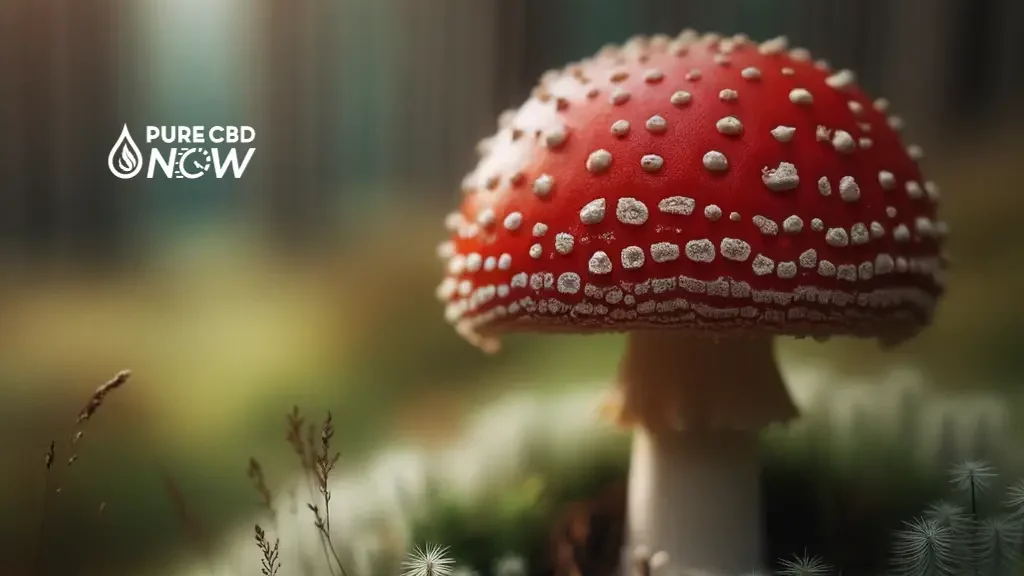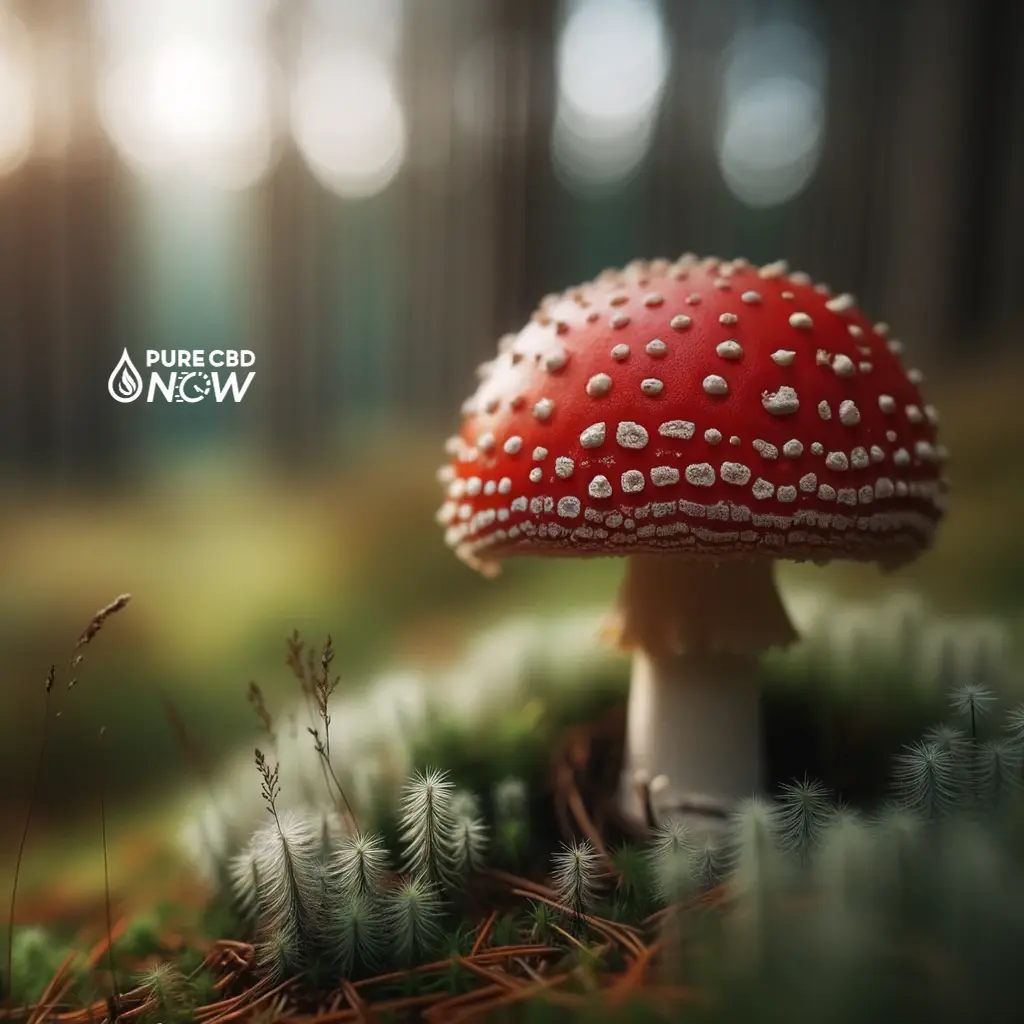Hey, you! Yeah, you—the one scrolling through the internet trying to figure out if you can munch on those magical-looking Amanita muscaria mushrooms. Hold on a sec. 🛑
You’ve got questions. We’ve got answers.
Amanita Muscaria: What’s the Buzz?

Let’s get one thing straight—Amanita muscaria, commonly known as fly agaric, is not your everyday edible mushroom. No sir. Found mainly in North America and Northern Europe, these flashy fungi are show-stoppers with their red caps and white warts. But don’t let the looks fool you. We’re diving deep into whether you can eat Amanita muscaria and what happens if you do.
What Makes Amanita Muscaria So…Amanita Muscaria?
Here’s the rundown:
- Ibotenic Acid: The main psychoactive ingredient. Think hallucinations.
- Muscimol: Another active ingredient. Ibotenic acid converts into this after ingestion.
- White Spots: Remnants of a universal veil, adding to its iconic appearance.
Hold on, though. Fly agaric is just one species in the genus Amanita. Others like Amanita pantherina and the infamous Amanita bisporigera (better known as the “Destroying Angel”) are also part of this large mushroom family.
So, Are They Edible or What? 🍴
Look, some folks in Northern Hemisphere regions—especially in places like Nagano Prefecture in Japan—have been known to eat them. They salt and pickle the bad boys. But—and this is a big but—don’t get any ideas just yet.
Remember, unless you’re an expert in field guide determinations, it’s easy to mistake Amanita muscaria for other poisonous mushroom species like Amanita pantherina. Bad news bears, my friend. Learn more about identifying mushrooms here.
What Happens If You Eat It?
Alright, we’re getting to the meaty part.
Symptoms Within 15 Minutes
- Stomach Issues: Nausea, vomiting, you get the drift.
- Hallucinogenic Properties: You might see things. Or think you’re a golden retriever.
- Sweating: Like you just ran a marathon.
The risk? Overdosing. Yep, it’s possible.
Have a dog and want to know if it’s poisonous to them? Read about the ill effects here.
Ancient Uses: More than Just a Snack
Indigenous peoples and Siberian shamans have a long history of using fly agaric mushrooms for their psychoactive effects. We’re talking sacred mushroom rituals and spiritual journeys. No joke.
FAQ: Questions You Didn’t Know You Had
What Time of Year is Amanita Muscaria?
Late summer to early winter. But timing varies depending on the location.
Can You Overdose on Amanita Muscaria?
Absolutely. Amanita muscaria contains toxic substances like ibotenic acid. Overconsumption can lead to severe poisoning.
Are All Amanitas Edible?
No way, José. Some Amanitas are deadly poisonous, like the “Death Cap” (Amanita phalloides).
Are Amanita Muscaria Edible?
Technically, yes. But not recommended unless you’re an expert. Though you’re more than welcome to try out amanita gummies: Read up on Amanita gummies.
How Much Amanita Muscaria is Toxic?
It varies. But it’s better to be safe than sorry. Even a small amount can be hazardous.
So, Should You Eat Amanita Muscaria?
Unless you’re an expert in economic botany or a seasoned mushroom hunter, it’s a hard no. Even then, it’s risky business.
Explore Amanita muscaria and its effects in this wellness trend guide.
Wrap-Up: The Takeaway
Amanita muscaria may be divine to look at, but they’re not divine to eat. They’re more than just wild mushrooms—they’re a ticket to a world of potential problems. So, admire them from a distance. Take photos. Post them on Instagram. But leave the tasting to the experts.
Next Steps: Want to know more? Check out our comprehensive guide on Amanita muscaria.
And there you have it. Now you know the ins and outs of Amanita muscaria. No more pondering. Keep safe and stick to known edible species.






